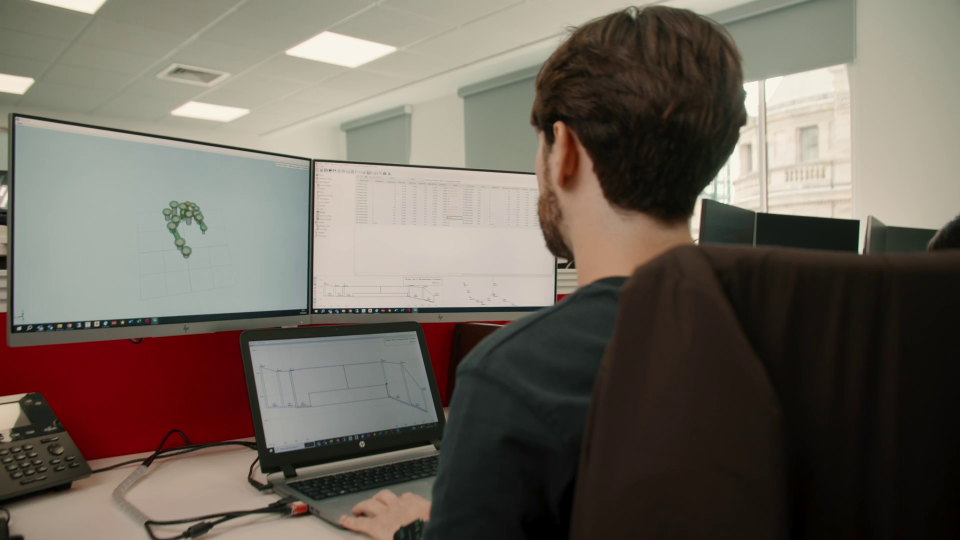Over the past 25 years, digital technology has transformed design processes from drawing boards to CAD and most recently 3D models. Technology has evolved to allow designers to create intelligent models with all associated drawing information - this was the start of automating the design process driving major increases in productivity, clash detection and improvements in visualisation.
Despite the advances in technology, a key challenge remained: changes in design requirements meant returning to the beginning of the process as sections generated were effectively detached and had to be deleted and regenerated from the new model. In recent years, design technology has made another major advance and designers are now able to edit any part of the model and see any associated change requirements reflected in the model.
In today’s economic environment, designers are under increasing pressure to further streamline workflows. The latest versions of Causeway’s design technology software make it possible to create design models and make amendments in real-time with minimal manual input (often just a single click of the mouse). Not only does this save time at the front line of design but it increases commercial performance.
For example, Causeway’s Infrastructure Design solution (PDS) fundamentally changes the way engineers design roads removing the traditional steps of horizontal and vertical design, adding carriageways and features, and then going back and starting again because the architect has changed the design.
The new workflow within PDS enables the user to take a sketched CAD alignment, select it with one click, and then software automatically optimises the horizontal and vertical design based on built-in design parameters, adding carriageways, kerbs, footpaths, junctions, and turning heads in seconds rather than hours. The user is always in full control and can fine-tune models as required but the vast majority of the process is automated eliminating risk, and driving huge time and cost savings.
It’s a similar story with drainage design - SmartTools automate a significant portion of the design process. For example, by selecting the outfall point the software will automatically transform an unintelligent CAD drainage layout into an intelligent drainage network interrogating the digital surface for levels, assigning pipe/manhole codes ready for hydraulic analysis - all at the click of a button. With automated solutions the design round trips back into CAD allowing for automatically generated outputs, sections, and schedules. Detailed BIM models can also be generated with no risk of error, no user input and in a format that is fully compatible with BIM collaboration packages such as Autodesk Navisworks and Bentley Navigator.Current advances in technology have enabled greater design productivity, allowing engineers to carry out optioneering and value engineering to satisfy customers demand, which in turn leads to business relationships that last. Risk is minimised, resources are optimised, BIM outputs are a by-product and everyone involved reaps the benefit. The next generation of automated design technology will further revolutionise workflows by offering ‘live’ design where workflows are not just streamlined but the whole design process is transformed. These solutions are not a reality just yet but will start to surface in 2020 evolving to a point where all aspects of infrastructure design will be possible within digital solutions. This is an extremely exciting time for design and Causeway is proud to be at the cutting edge of innovation constantly increasing productivity and commercial performance for our clients.
Download the eBook Unlocking new Design Efficiencies to discover more about Causeway solutions.
Get in touch to find out how our product and solutions can transform the performance of your construction front line.


%20adoption%20and%20approval%20in%20Wales.webp)
